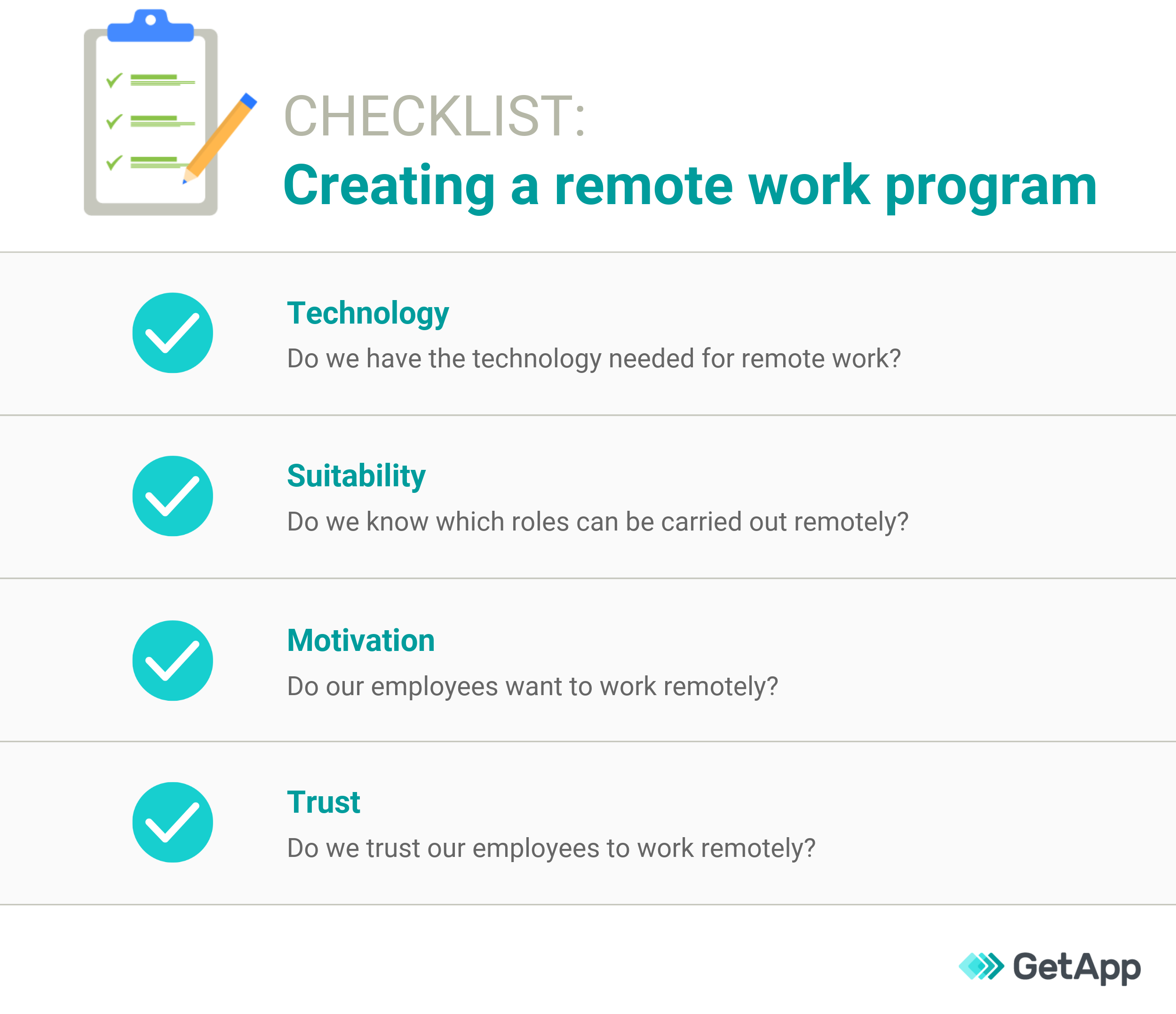
Articles
How to Create a Remote Work Policy: A Guide for SMBs
April 19, 2023

Do you want to learn how to create a remote work policy that will improve the way your business operates? It's time to take control of how your team works and ensure compliance with regulations.
Creating guidelines for remote working can be daunting, but it doesn't have to be. With our help, you'll learn how to create a remote work policy that meets all legal requirements while providing flexibility and freedom for employees. Let's get started.
How to Create a Remote Work Policy
Learning how to create a remote work policy is essential for businesses that want to stay competitive in the modern workplace.
Defining the scope of the policy is a key step in establishing an effective remote working strategy. The policy should include which roles and departments are eligible for remote work, as well as how long employees can be away from the office before returning. Additionally, expectations should be set for remote workers regarding communication protocols, productivity standards, and hours of availability.
When defining the scope of a remote work policy, it’s important to consider which roles within your organization would benefit most from being able to work remotely. This could include customer service representatives or software engineers who need access to certain tools or databases while away from their desks.
Identifying eligible employees will help ensure that only those with appropriate qualifications have access to this type of flexibility. It will also ensure they’re aware of any restrictions associated with their role when working remotely.
By establishing a remote work policy, businesses can ensure that their employees can perform effectively and efficiently while working remotely. Moving forward, it is important to create guidelines for remote working to maximize the success of this policy.
Creating Guidelines for Remote Working
Learning how to create a remote work policy is essential to ensure the success of any organization. This is especially true for the modern workplace.
Establishing Communication Regulations
Establishing communication regulations should be done so that personnel comprehends the manner and timing of how they must interact with their team, managers, and patrons. A system should be implemented which facilitates both synchronous and asynchronous communication, like employing email or video conferencing programs such as Zoom or Slack. Additionally, setting clear expectations around response times can help keep everyone on track.
Establishing Operational Times
When it comes to establishing operational times and timetables for distant staff, employers must take into account what works best for each individual while still guaranteeing that all tasks are done in a timely fashion. Flexible scheduling options such as allowing employees to work from home one day per week or offering part-time arrangements can be beneficial in some cases.
However, it’s important to set realistic deadlines and provide regular feedback on performance so that employees know exactly what is expected of them at all times.

Defining Productivity Standards
Finally, defining productivity standards helps ensure that remote workers remain focused on their tasks while still maintaining a healthy work-life balance. Employers should establish specific goals related to the number of tasks completed within a certain timeframe as well as other measures such as customer satisfaction ratings or project completion rates if applicable.
Providing incentives like bonuses or rewards can also motivate remote employees by recognizing their hard work and dedication even when they are not physically present in the office environment.
Creating guidelines for remote working is an essential step in ensuring a successful and productive experience for all employees.
Ensuring Compliance with Regulations
When implementing a remote work policy, it is essential to ensure compliance with applicable laws. Employers need to be aware of regional legislation and construct rules that abide by them for the successful implementation of a remote work policy.
Keeping abreast of changes in the relevant local laws and regulations is key to ensuring legal compliance when establishing a remote work policy. Employers should stay vigilant regarding:
- Federal and state regulations.
- Applicable sector guidelines.
- Workers' compensation insurance plans.
- Unemployment coverage systems.
- Anti-discrimination laws.
- Minimal wage demands.
- Overtime pay standards (if necessary).
- Health advantages mandates (if appropriate).
- Collective bargaining deals (if relevant).
These can all affect how a remote work policy is implemented.
Once employers are well-versed in the pertinent local laws and regulations governing their operations — including those about remote working — they should craft written policies that spell out what remote employees must do to stay onside of legal requirements while telecommuting.
These guidelines should cover topics such as:
- Employee hour tracking methods.
- Mandated safety protocols.
- Anticipated communication frequency.
- Data security measures.
- Appropriate use of technology/devices/software tools.
- Tax ramifications for non-resident employees who work remotely outside their primary place of employment.
Ensuring adherence to rules is a vital part of learning how to create a remote work policy, and executing the plan effectively can guarantee that it is obeyed. To this end, effective communication and training are key components in ensuring employees understand their responsibilities under the new policy.
Implementing the Policy Effectively
Communicating the Policy to Employees
Effective communication is key when implementing a remote work policy. Employees must be informed of the policy's requirements and any modifications, as well as how their duties will be impacted by this new policy and what they need to do to remain compliant.
This can be done through emails, memos, or company-wide meetings. It's essential to ensure employees comprehend how their duties will be impacted by this new policy and the measures they must take to remain compliant.
Training Employees on the Policy
Once everyone has been informed about the remote work policy, they need to receive training on how it works and what is expected of them while working remotely. This should include topics such as using appropriate tools for collaboration and communication, setting up secure connections for data sharing, maintaining proper security protocols at home offices, and understanding local laws related to remote work policies.
Ensuring Compliance
The final step in successfully implementing a remote work policy is monitoring compliance among all employees. Regular check-ins are necessary so managers can ensure that everyone is following guidelines correctly and staying productive while working from home. Regularly gathering feedback is essential to proactively address any potential problems and prevent them from escalating.
Conclusion
Now we have learned how to create a remote work policy. Businesses should establish a plan that satisfies their needs and follows legal requirements when adapting to remote work arrangements.
Creating guidelines for remote working, ensuring compliance with applicable laws, and implementing the policy effectively are all key components of creating an effective remote work policy. By taking these steps, companies can ensure they have a secure framework in place so employees can successfully work remotely while still meeting business objectives.
Are you an entrepreneur, founder, manager, or operational leader looking to scale your business? Trainual is here to help! Our business playbook software is designed to provide superior onboarding, offboarding, and employee training experiences.
We'll ensure that your team members have the knowledge they need for success while streamlining processes and policies. With our customizable solution tailored specifically for you, take control of your organization today with Trainual's top-notch services.
Similar Blog Posts







